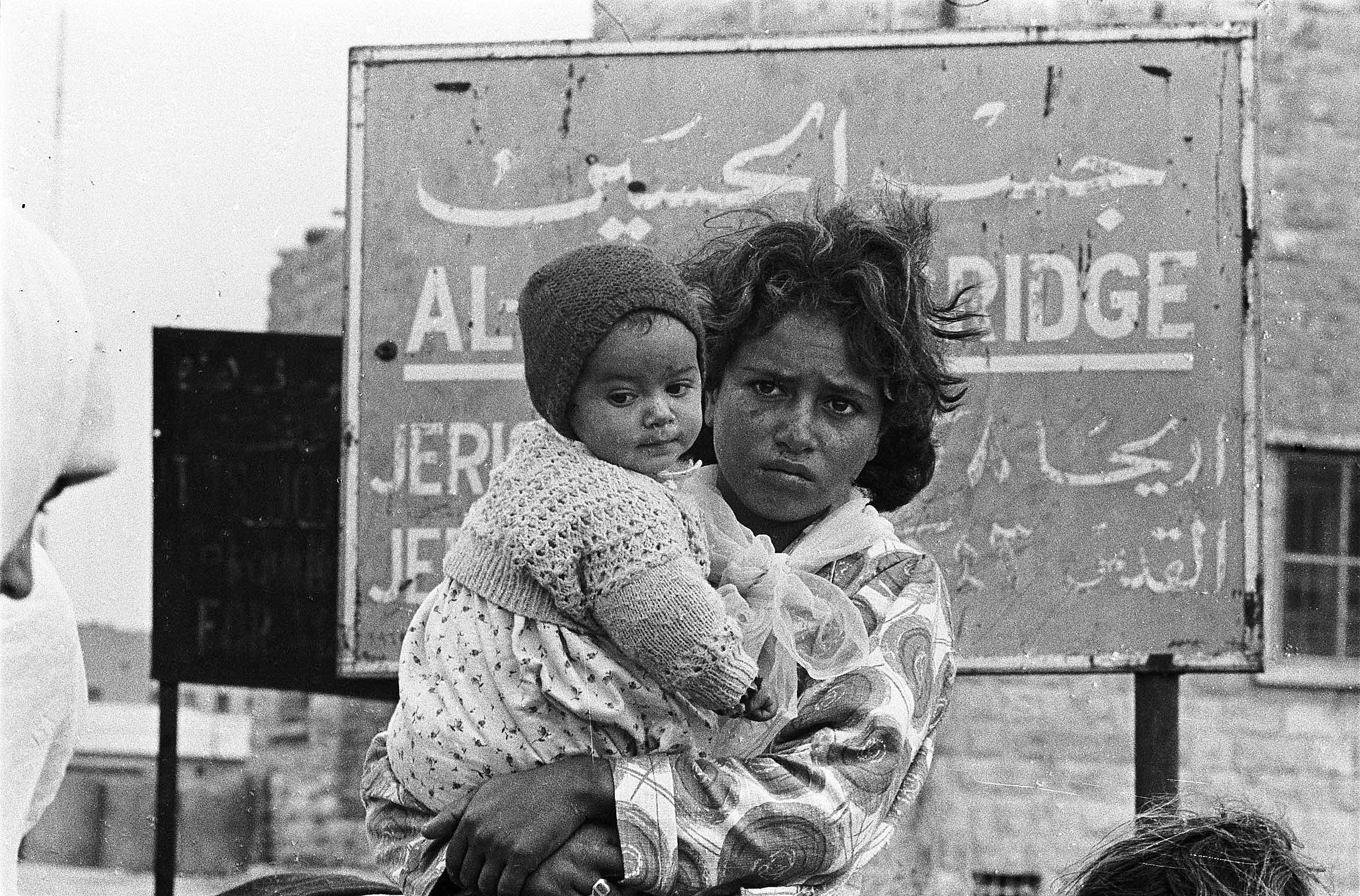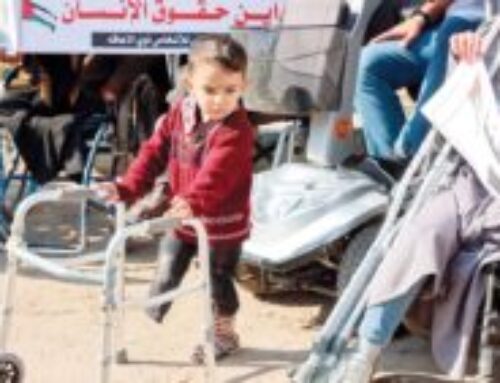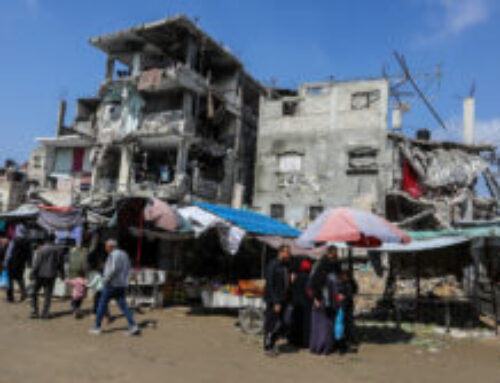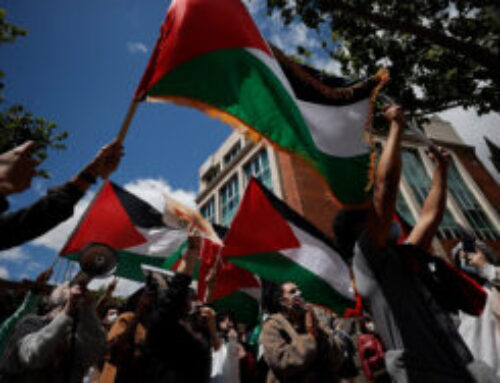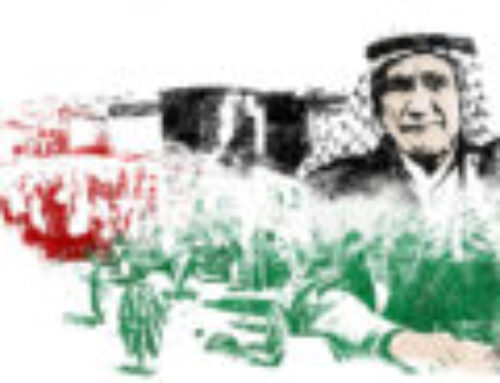Introduction
The Zionist Theodor Herzl played a central role at the end of the 19th and beginning of the 20th century in laying the foundations of a Jewish state in Palestine.
Later, seven colonial powers convened in London, in what became known as the Campbell Conference. Its purpose was to ensure the supremacy and interests of colonial states. That meeting was the spark that ignited the Palestinian Nakba.
The first resolution of the conference aimed to colonize and exploit the wealth of the Middle East, beginning with the crushing of the Palestinian people—their history, culture, heritage, rights, and humanitarian state. This plan paved the way for disasters across the Arab world.
From the early 20th century, waves of Jewish settlers and converts to Judaism began arriving to Palestine, especially after the Balfour Declaration issued on November 2, 1917, in which the British Foreign Secretary promised the establishment of a national home for the Jewish people in Palestine.
These settlers were accompanied by armed gangs—such as Stern, Irgun, Haganah, Palmach, Etzel, and Lehi—who adopted terror and crime as their means of conquest and control. They committed dozens of massacres and crimes against humanity. Some of these include:
- Haifa Massacre – 1937
- Jerusalem Massacre – 1937
- Second Haifa Massacre – 1938
- Balad al-Shaykh Massacre – 1939
- Al- Abbasiyya Massacre – 1947
- Al-Khisas Massacre – 1947
- Damascus Gate Massacre – 1947
- Sheikh Bureik Massacre – 1947
- Abu Shusha Massacre – 1948
- Tantura Massacre – 1948
Followed by the infamous massacre of Deir Yassin and many others.
Consequences of the Massacres
The first and most immediate impact was mass displacement. Palestinians fled their towns and villages—inside and outside the country—leaving behind property, land, heritage, loved ones, and memories. All they carried was the key to their home and a deep hope of returning.
When the occupiers seized Palestinian towns and villages, they left irreversible marks. Among them:
- With no empty homes or tents, refugees lived in the open, exposed to the elements.
- In need of warmth, they began cutting down trees—oak, candlestick, nettle—damaging the environment.
- Driven by poverty, many resorted to taking fruits, harvests, and household items.
- With water scarcity, they seized local springs, forcing villagers to queue for a single jar a day.
- A lack of schools led to rising illiteracy and children wandering aimlessly.
- During winter, schools were emptied of students to shelter the displaced.
- Fear of refugees led villagers to lock their doors early and avoid social visits unless necessary.
- With no media, rumors and myths about the Nakba spread widely. Radios were rare; people crowded around a single set in a home or café.
- Agricultural seasons became a burden—owners had to guard their crops, harvests, and threshing floors day and night.
- The absence of medical facilities meant diseases like measles, smallpox, malaria, flu, eye infections, and environmental contamination spread rapidly.
Yet, the refugees also brought good
Displaced families from coastal cities like Haifa, Jaffa, Ramla, Lydd, Baysan, Safad, Beersheba, and West Jerusalem brought skills, knowledge, and professions to rural areas. Examples include:
- Educated individuals became teachers in village schools, elevating curricula and methods. UNRWA later helped build schools to accommodate the growing number of children.
- Craftsmen—carpenters, blacksmiths, tailors, confectioners, shoemakers—revived the local economy.
- Agriculture flourished to meet the food needs of the growing population. Remote springs were reclaimed and utilized.
- Transportation expanded. People needed to commute for work or social reasons, leading to improved roads and daily vehicle access to villages.
- Educated women promoted girls’ education in the villages.
- Women began offering basic healthcare—treating wounds, infections, and performing first aid.
- The arrival of refugees fostered deep social ties between Muslims and Christians, bridging cultural gaps.
- Mosques proliferated in towns and villages to meet the needs of the growing population.

